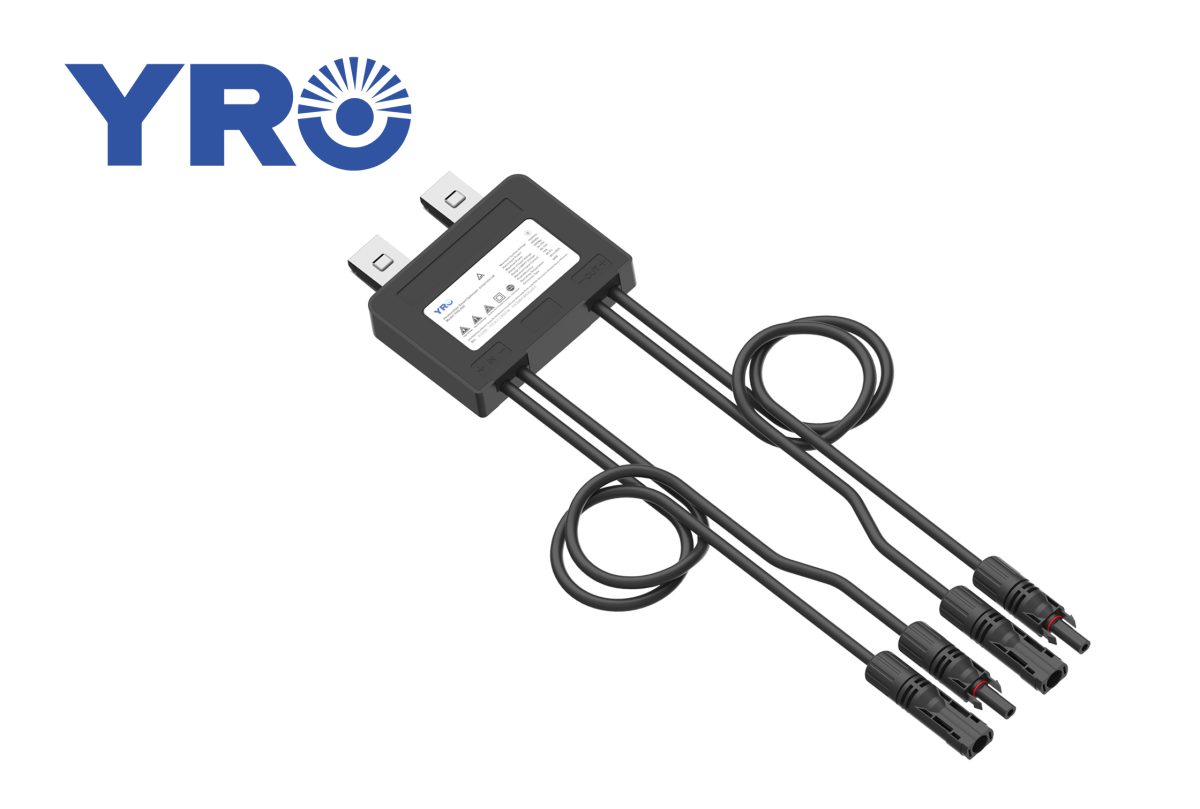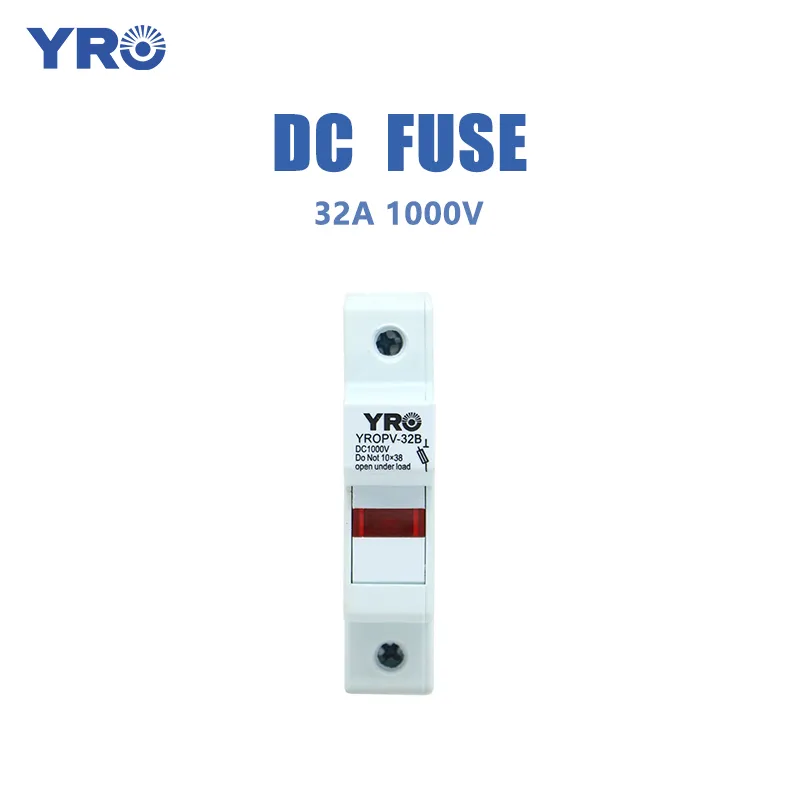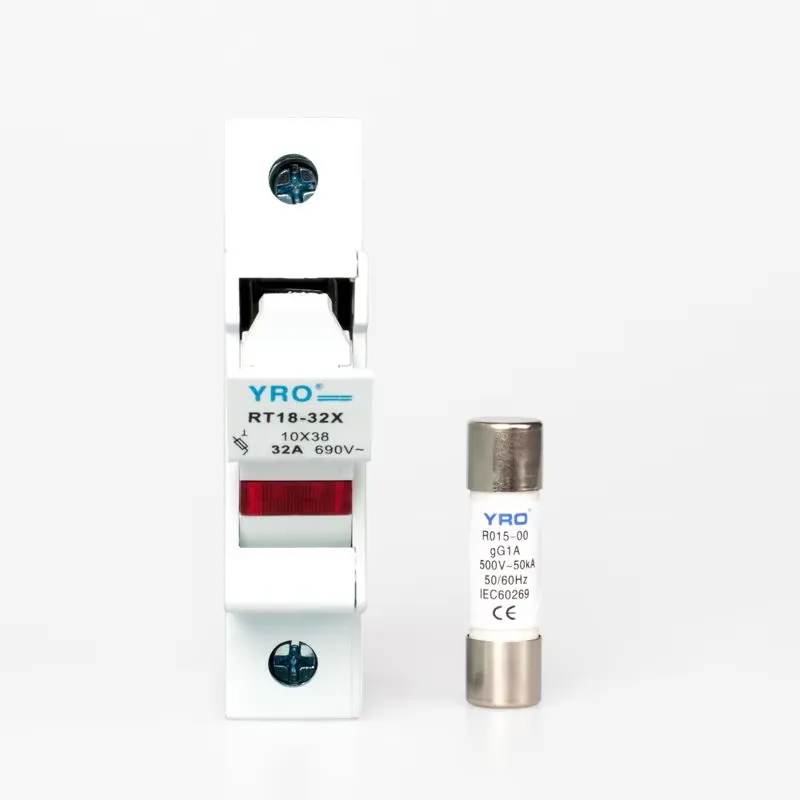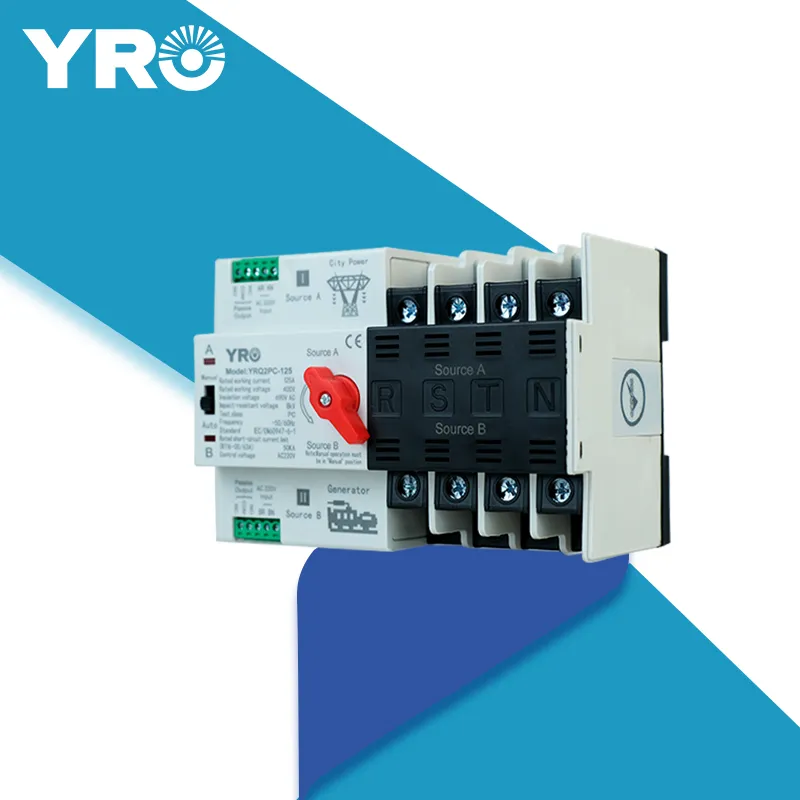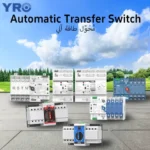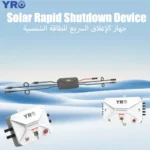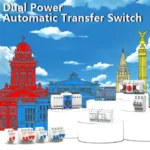In recent years, Pakistan has faced an increasingly severe energy crisis, with frequent power shortages and outages disrupting daily life and the country’s economic development. Due to the instability of the traditional power grid, more and more Pakistani households and businesses seek alternative energy sources, with solar power emerging as an ideal solution. With abundant solar resources and declining installation costs, solar energy has become a feasible option in Pakistan. However, choosing the right solar inverter is crucial for ensuring the efficient operation of the solar power system.
Ⅰ.Energy Status and Solar Development in Pakistan
1、Power Shortage Background
Pakistan’s primary sources of electricity generation are natural gas, coal, and oil, all of which are fossil fuels. However, Pakistan has limited fossil fuel reserves and heavily relies on imports, leading to high fuel costs for power generation. With the rapid growth in population and the acceleration of industrialization, the demand for electricity has surged, while the existing grid infrastructure cannot meet this demand. Frequent power outages severely disrupt industrial production and daily life, especially during the summer peak periods when electricity shortages become more pronounced.
2、The Potential of Solar Energy
Located in South Asia, Pakistan is endowed with abundant solar energy resources, especially in the Sindh and Balochistan provinces, where annual sunshine hours reach 2,500 to 3,000. This provides an excellent foundation for solar power generation. The abundant sunlight makes solar energy an ideal solution to mitigate power shortages. However, the choice of the core component in a solar power system—the inverter—directly impacts the system’s efficiency and long term economic benefits.
Ⅱ.What Is the Most Common Type of Inverter?
A solar inverter is a device that converts the DC (direct current) electricity generated by solar panels, into AC (alternating current), which is used by most household and business appliances. It is an indispensable component of any solar power system. Depending on their functions and applications, solar inverters can be divided into several types, including grid tie inverters, off grid inverters, and hybrid inverters.
1、Grid Tie Inverter:
Grid tie inverters are primarily used to connect solar power systems to the electric grid, allowing the generated solar power to feed into the grid.
– Advantages: In regions where utility companies allow, any excess electricity produced by the solar power system that exceeds the household or business demand, can be sold back to the grid, helping to reduce electricity bills.
– Price: Grid tie inverters are generally more affordable since they do not require a battery storage system. The typical price range is between $300 and $1,000, depending on the inverter’s power capacity and brand. Due to the absence of batteries, the initial investment is lower.
– Recommended Environment: Ideal for areas with a stable grid connection.
2、Off Grid Inverter:
Off grid inverters can convert the DC electricity from solar panels into AC electricity, allowing the system to operate independently from the grid.
– Advantages: Off grid inverters usually include a storage function, ensuring backup power during outages.
– Price: Off grid inverters are typically more expensive than grid tie and hybrid inverters, because they require an additional battery storage system to function off grid. Inverter prices can range from $500 to $2,000, with battery systems significantly increasing the total cost. High quality lithium battery packs can cost anywhere from $1,000 to $3,000 or more.
– Recommended Environment: Suitable for areas with no access to the grid or where the grid is unreliable.
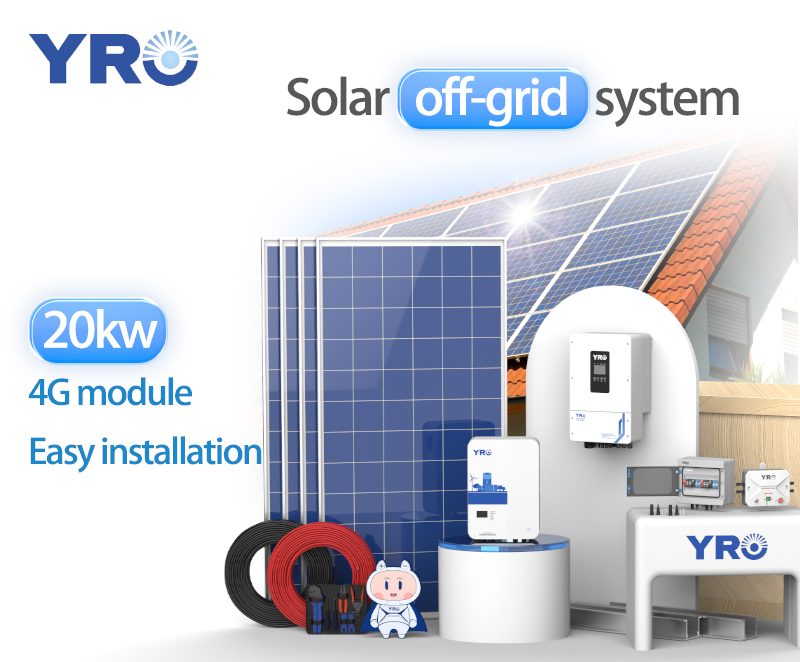
3、Hybrid Inverter:
Hybrid inverters combine both grid tie and off grid functions, allowing them to switch modes automatically depending on the status of the grid. When the grid is stable, the hybrid inverter connects the solar system to the grid, but in case of a grid failure or outage, it switches to off grid mode to provide power to the home or business.
– Advantages: This type of inverter not only allows excess power to be fed back into the grid, but also stores surplus electricity in batteries for use during power outages.
– Price: Hybrid inverters are priced between $600 and $2,000, falling between off grid and grid tie inverters. However, when factoring in the cost of a battery storage system, the total cost can significantly rise, often reaching $2,000 to $5,000 or more.
– Recommended Environment: Best suited for areas where frequent outages occur but where there is still grid access.
Ⅲ.What Is MPPT Solar Inverter?
MPPT (Maximum Power Point Tracking) solar inverters are among the most advanced types of inverters currently available on the market. Their unique capability lies in their ability to real time monitor the output voltage and current of solar panels, adjusting their operating point to ensure that the panels always operate at the optimal power point, thereby enhancing the overall energy generation efficiency of the system.
MPPT inverters are particularly well suited for environments with significant fluctuations in sunlight intensity, such as Pakistan, which experiences pronounced seasonal climatic variations. Even in cloudy weather or when the sun’s angle changes, MPPT inverters can continue to optimize the output from solar panels, maximizing energy production.
Advantages:
– Increases the overall efficiency of the solar energy system, resulting in an additional 20% to 30% in energy generation.
– Operates efficiently under various lighting conditions.
– Prolongs the lifespan of solar panels.
Disadvantages:
Higher initial costs compared to standard inverters, making them more expensive upfront.
Ⅳ.Which Solar Inverter Is Best in Pakistan?
When selecting a suitable solar inverter for Pakistan, several factors must be considered, including climatic conditions, grid stability, power demand, and economic costs.
1、Climatic Conditions:
Pakistan’s climatic conditions can be harsh, with high temperatures during the summer and natural disasters such as dust storms occurring in certain regions. Therefore, it is essential to prioritize features such as high temperature resistance, dustproof, and waterproof capabilities in the solar inverter. Ensuring that the inverter can operate reliably in adverse environments is crucial for maintaining performance.
2、Grid Stability:
The grid stability in Pakistan is relatively poor, with frequent outages and voltage fluctuations. When choosing a solar inverter, it is important to consider its ability to adapt to these unstable grid conditions. Hybrid inverters are an excellent choice, as they can automatically switch operating modes based on the grid status, ensuring a stable power supply even when the grid is unreliable.
3、Power Demand:
Pakistan has a significant power demand, especially during peak usage times in the summer. Therefore, when selecting a solar inverter, one should prioritize its power capacity and storage capabilities. It is vital to ensure that the inverter can meet the electricity needs of households or businesses, and provide power support during periods of low sunlight or high demand.
4、Economic Costs:
The price of solar inverters tends to be relatively high, so it is necessary to weigh the performance against the economic costs. For consumers in Pakistan, inverters with a high cost-performance ratio are a better choice. It may be beneficial to look into products from well known brands, such as Huawei and SMA Solar Technology, which have a strong reputation and presence in the market while offering relatively reasonable pricing.
By taking these factors into account, consumers in Pakistan can make informed decisions when selecting the right solar inverter to meet their needs effectively.
Ⅴ.Summary
Taking into account various factors, the hybrid inverter emerges as the most flexible and cost effective choice, particularly for users who need to address power outages. If the budget is limited and the grid is relatively stable, a grid tied inverter is an economical option. Conversely, for rural or remote areas, an off grid inverter is an essential solution.

